If you want the updates to be spaced out, you've better of using something like a javax.swing.Timer. This will allow to schedule regular updates without causing the UI to look like it's crashed/hung.

This example will update the UI every 250 milli seconds
public class TestTimerUpdate {
public static void main(String[] args) {
new TestTimerUpdate();
}
public TestTimerUpdate() {
EventQueue.invokeLater(new Runnable() {
@Override
public void run() {
try {
UIManager.setLookAndFeel(UIManager.getSystemLookAndFeelClassName());
} catch (ClassNotFoundException ex) {
} catch (InstantiationException ex) {
} catch (IllegalAccessException ex) {
} catch (UnsupportedLookAndFeelException ex) {
}
JFrame frame = new JFrame();
frame.setDefaultCloseOperation(JFrame.EXIT_ON_CLOSE);
frame.setLayout(new BorderLayout());
frame.add(new TimerPane());
frame.pack();
frame.setLocationRelativeTo(null);
frame.setVisible(true);
}
});
}
protected class TimerPane extends JPanel {
private int updates = 0;
public TimerPane() {
Timer timer = new Timer(250, new ActionListener() {
@Override
public void actionPerformed(ActionEvent e) {
updates++;
repaint();
}
});
timer.setRepeats(true);
timer.setCoalesce(true);
timer.start();
}
@Override
public Dimension getPreferredSize() {
return new Dimension(200, 200);
}
@Override
protected void paintComponent(Graphics g) {
super.paintComponent(g);
Graphics2D g2d = (Graphics2D) g.create();
String text = "I've being updated " + Integer.toString(updates) + " times";
FontMetrics fm = g2d.getFontMetrics();
int x = (getWidth() - fm.stringWidth(text)) / 2;
int y = ((getHeight() - fm.getHeight()) / 2) + fm.getAscent();
g2d.drawString(text, x, y);
g2d.dispose();
}
}
}
You can also have a look at How can I make a clock tick? which demonstrates the same idea
